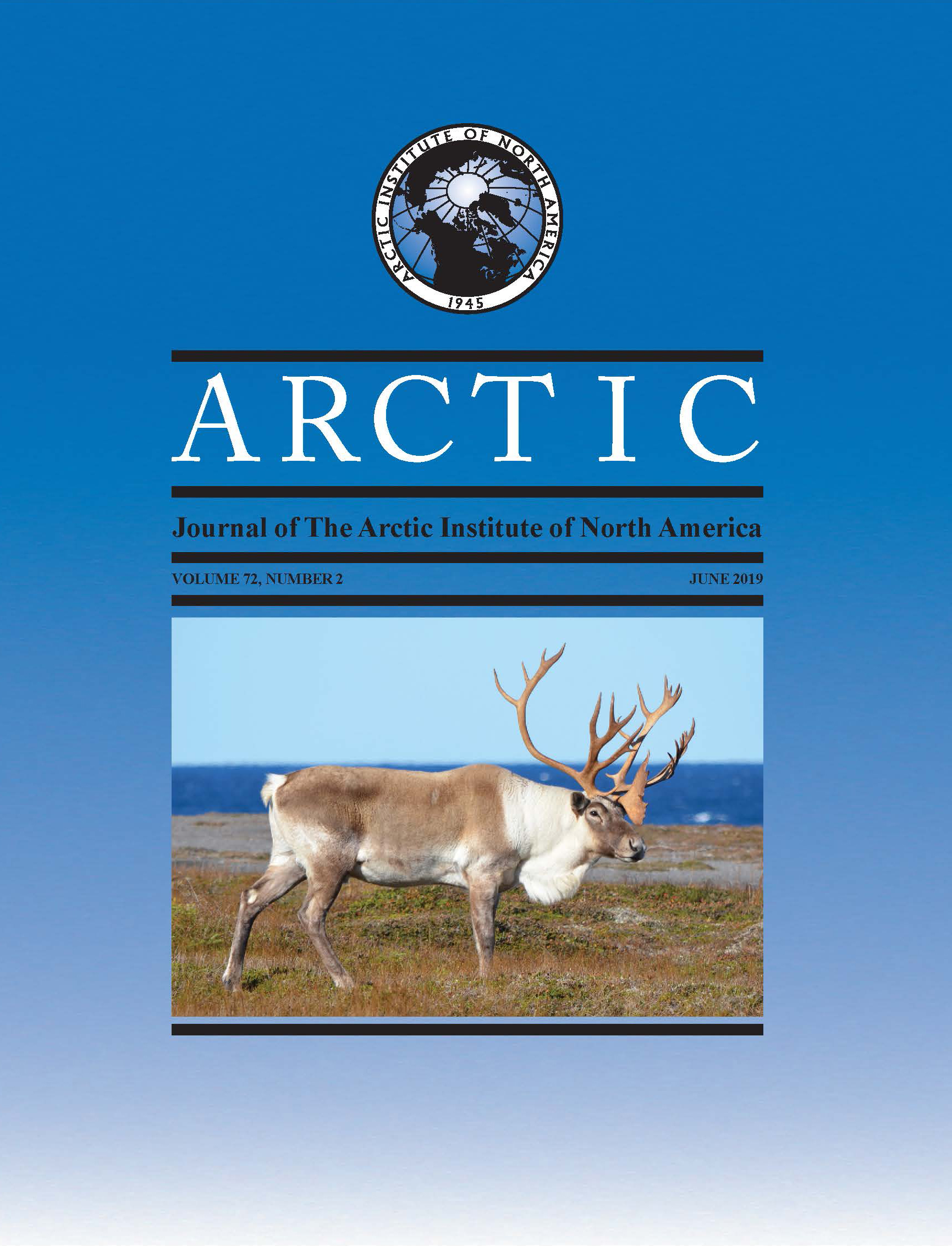A Review of Aircraft-Subsistence Harvester Conflict in Arctic Alaska
DOI:
https://doi.org/10.14430/arctic68228Keywords:
aircraft, Alaska, caribou, conflict, human dimensions, subsistenceAbstract
The traditional harvest of wild resources carries significant nutritional, economic, and sociocultural values for rural residents in the Arctic, especially for Indigenous subsistence communities. Rural communities in the Alaskan Arctic have expressed concern that aircraft activity from industry, commercial hunting, research, and tourism disrupts their harvest of wildlife, particularly caribou (Rangifer tarandus). However, little research exists on how aircraft impact harvest opportunities. Our objective was to assess the extent of scientific knowledge on aircraft-harvester interaction in the Arctic through a systematic search of the available literature. We found that no peer-reviewed publications addressed the conflict between aircraft and harvesters in the region. Some literature addressed aircraft impacts to subsistence species, but did not discuss how those impacts would affect local harvesters. Most research has been directed towards studying aircraft impacts on wildlife or humans in urbanized areas rather than in rural, subsistence communities. Therefore, we expanded our review to draw from gray literature (e.g., public records, government documents) to synthesize the current state of concern and perceptions on aircraft disturbance to subsistence harvesters. Based on the gray literature, we found that harvester frustrations were primarily directed toward low-flying aircraft and non-local operations. However, an absence of quantitative information on the extent of interaction between aircraft activity and harvesters hinders an objective assessment of the conflict. Mitigating conflict will require research focused on this data gap and may begin with better cooperation among rural communities, aircraft users, and decision-makers.
Downloads
Additional Files
Published
Issue
Section
License
Copyright (c) 2019 ARCTIC

This work is licensed under a Creative Commons Attribution 4.0 International License.


